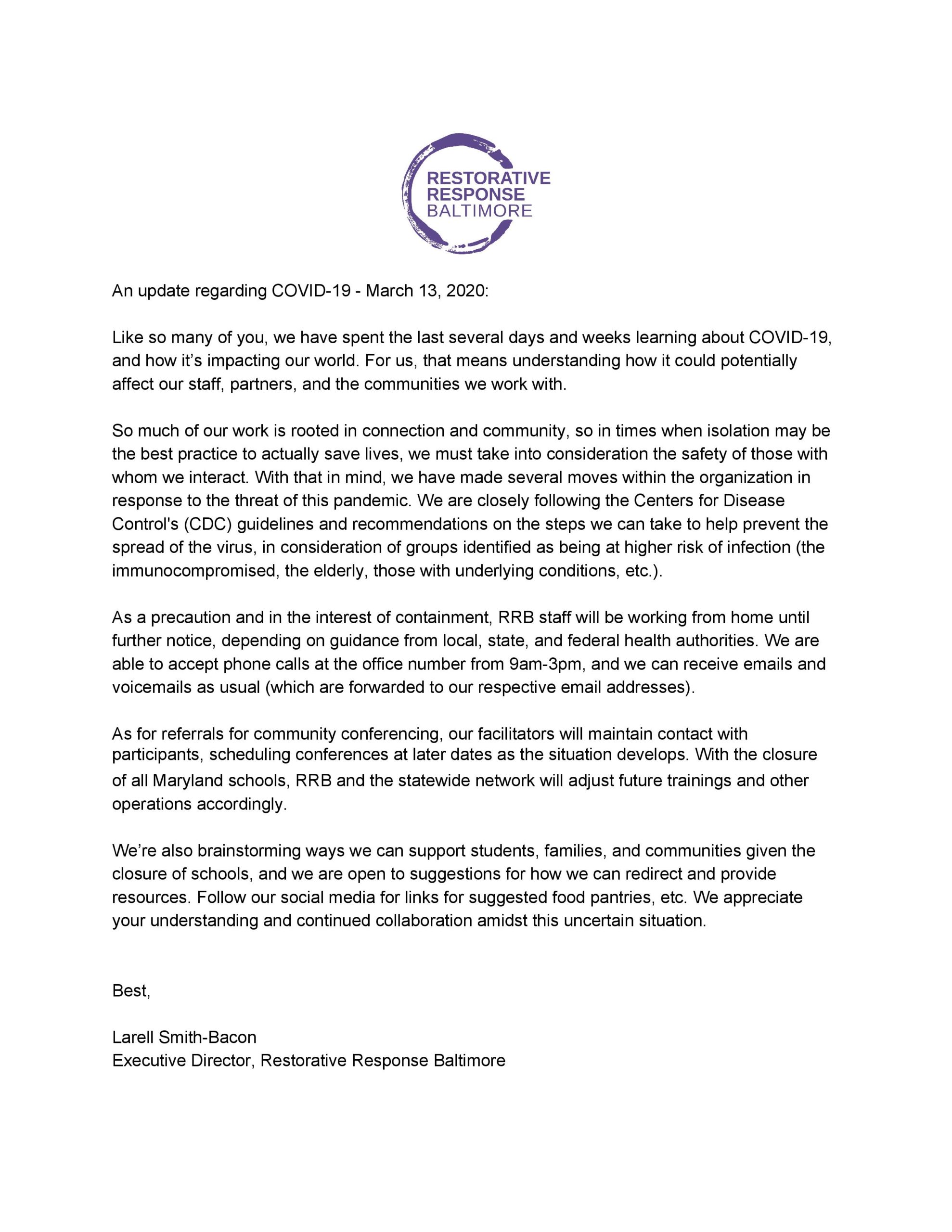Research
Articles by CCC Founding Director Lauren Abramson
Keeping it restorative: Focusing on all emotions and not just shame by L. Abramson (1998). Correctional Psychologist, 30 (2,3) 1-4.
Transforming conflict in the inner city: Community Conferencing in Baltimore by L. Abramson & DB Moore (2001). Contemporary Justice Review, 4(3-4), 321-340.
The Psychology of Community Conferencing by L. Abramson & DB Moore (2002). In: (J. Perry, Ed.)Restorative Justice: Repairing Communities through Restorative Justice. American Correctional Association, 123-140.
Community Conferencing: Using Conflict To Build Community by L. Abramson. (2006). In: (L. Luisson Ed.) La Mediazione Come Strumento Di Intervento Sociale [Mediation as a Tool for Social Intervention]. Milano: FrancoAngeli, 273-286.
Conferencing and Recidivism
Conferencing and Re-offending in Queensland by H. Hayes and K. Daly (2004). Australian and New Zealand Journal of Criminology 37(2): 167–191
Reintegrative Shaming Experiments (RISE) by Lawrence W Sherman, Heather Strang and Daniel J Woods (2000). Recidivism patterns in the Canberra Reintegrative Shaming Experiments (RISE) Research School of Social Sciences, Australian National University
Family Group Conferencing and Reoffending by G. Maxwell and A. Morris (2001). In A. Morris and G. Maxwell, Restorative Justice for Juveniles: Conferencing, Meditation & Circles. Oxford: Hart Publishing, pp. 243-263.
Guilt and Shame as Predictors of Recidivism: A Longitudinal Study With Young Prisoners. by Daniela Hosser and Windzio, Michael and Greve, Werner (2008). Criminal Justice and Behavior. 35(1):138-152.
Conferencing with Young Offenders
A New Approach to Juvenile Justice: An Evaluation of Family Group Conferencing in Wagga Wagga, Australia by D.B. Moore and L. Forsyth (1995). A report to the Criminology Research Council. Wagga Wagga, Australia: Centre for Rural Social Research, Charles Stuart University-Riverina.
Restorative Justice Conferences as an Early Response to Young Offenders
Community Justice Conferences Technical Report 1 to the National Institute of Justice by L. Sherman, J. Braithwaite, H. Strang, G. Barnes and N. Inkpen (1998). Canberra, Australia
A report of the RISE (Reintegrative Shaming Experiments) studies.
Conferencing in Australia and New Zealand: Variations, Research Findings, and Prospects by K. Daly (2001). In A. Morris and G. Maxwell, Restorative Justice for Juveniles. Oxford: Hart Publishing, pp. 59-83.
Returning Justice to the Community: The Indianapolis Juvenile Restorative Justice Experiment by E. McGarrell, K Olivares, K. Crawford and N. Kroorand (2000). Indianapolis, IN.: Hudson Institute Crime Control Policy Center.
Restorative Conferencing in Inner-City Albany: From Retribution to Resolution by Mary Shafer (2005)
Cost Benefit of Conferencing
How one Conferencing case saved one community hundreds of thousands of dollars (case study). “The Economic Case for Restorative Conferencing” (2007)
A Cost-Benefit Analysis of Hollow Water’s Community Holistic Circle Healing Process by J. Couture, T. Parker, R. Couture, and P. Laboucane (2001) (Aboriginal Peoples Collections 2001). Ottawa: Solicitor General Canada.
Restorative Justice: the views of victims and offenders by Harriet Bailey (2007) Resolution. News from the Restorative Justice Consortium. 26 (Summer 2007):5.
Restorative Practices in Schools
Restoring school communities: A report on the Colorado Restorative Justice in Schools Program by A. Ierley and C. Ivkor (2003). VOMA Connections 13: Research and Practice 1-4.
Schools find ‘restorative justice’ more effective than expulsion by Carol Chmelynski (2005). Reproduced with permission from School Board News. Copyright © 2005
Restorative Practices in Three Scottish Councils: Final Report of the Evaluation of the First Two Years of the Pilot Projects 2004-2006 by by Jean Kane and Gwynedd Lloyd, Gillean McCluskey, Sheila Riddell, Joan Stead and Elisabet Weedon (2007).
Restorative Justice: Victims, Offenders, and School Communities In The Crime Victims Report by Sandra Pavelka O’Brien (2008). 11(6):88, 93-95.

